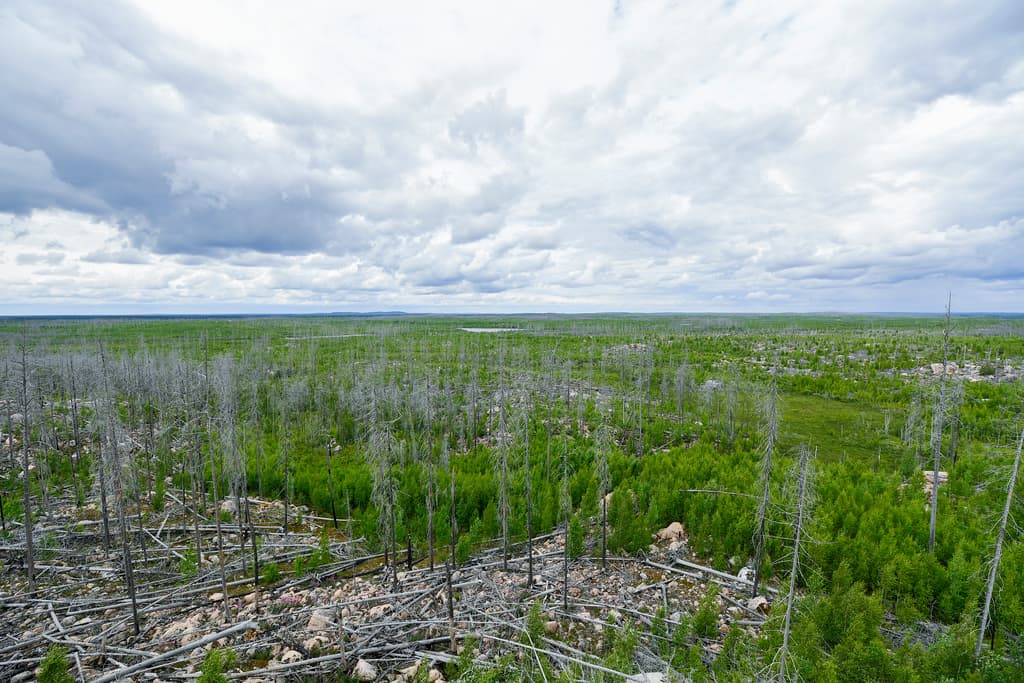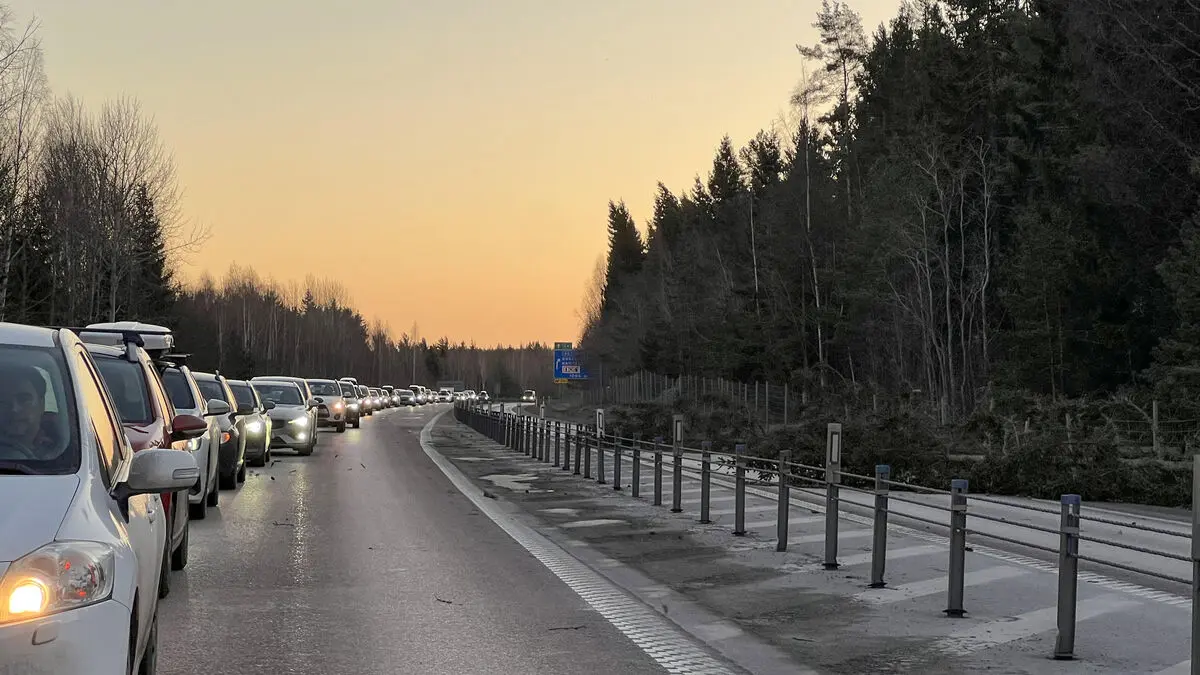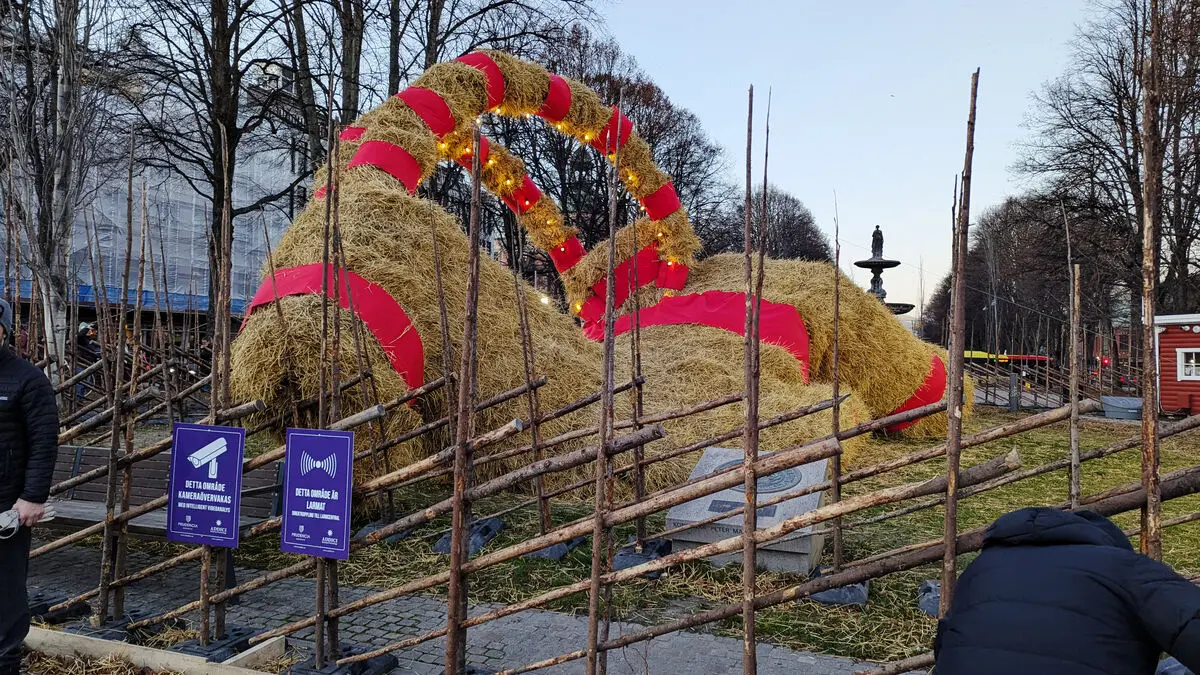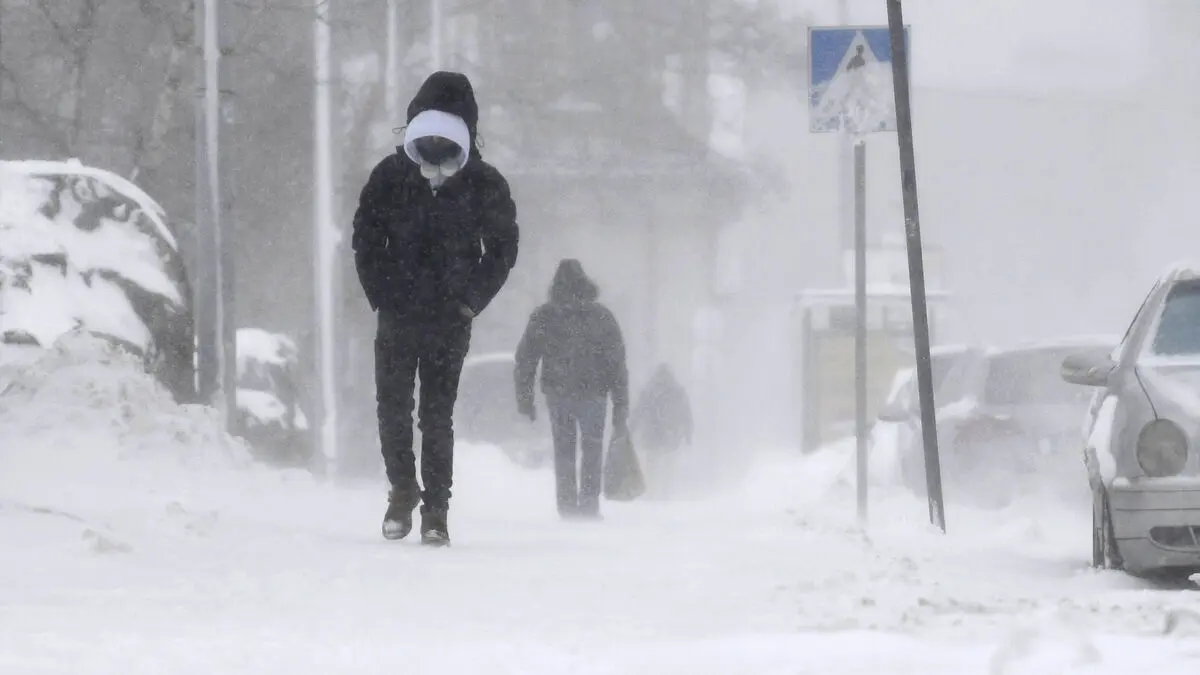Ten years ago, Sweden was hit by the worst forest fire in modern times. This revealed several shortcomings in Sweden's crisis preparedness.
We were late in starting and didn't see early enough what could happen, says Charlotte Petri Gornitzka, Director-General of MSB.
From the lookout tower on Grävlingsberget, about 20 meters above ground level, the green but low-lying landscape stretches as far as the eye can see. A few gray, dead trees stick up here and there. The forest that burned down in Västmanland in the summer of 2014 is today a thriving nature reserve, but it will take over 100 years for the forest to be restored.
In the fire, which is believed to have been started by a spark from a forestry machine, one person lost their life, two were seriously injured, and an area the size of 25,000 football fields burned up.
The disaster became a wake-up call for Sweden's crisis preparedness. Investigations revealed shortcomings in coordination, slow initial responses, and lack of knowledge about firefighting.
Today, we are much better prepared. We can, for example, assess the fire risk with the help of data from SMHI that we didn't have then, says Charlotte Petri Gornitzka.
Helicopters a phone call away
Small municipalities have been merged into larger rescue associations, and the routes to getting reinforcement from outside have been shortened.
Back then, you didn't know who to turn to for helicopter and plane reinforcement. Today, you just pick up the phone and call MSB. So, it's just a phone call away, she adds.
In 2014, Mats Jansson was the rescue chief in Fagersta and Norberg, two of the four affected municipalities.
It was something we had never seen in Sweden before. The fire even created its own weather, he says, and continues:
Today, we can quickly bring in more resources that can be on site within one to two hours. We can fly drones to get an overview, and there are larger national depots with rescue equipment.
Even though preparedness has improved, one cannot rule out a similar large forest fire in the future, according to Mats Jansson.
Under unfavorable conditions in the wrong place, it's not possible to rule it out. We also have climate change that increases the risk.
"Had packed the car"
Mariann Severinsson has brought some friends to the nature reserve and it's not her first time here. She lives in Norberg, a community where residents got ready for an evacuation that was eventually called off.
I had packed the car to leave, but just as I was about to go out, it started raining. It was really an answer to a prayer. Every time it gets dry in the summer now, I pray for rain, she says.
Markus Botsjö/TT
Facts: The forest fire in Västmanland 2014
TTTT
The forest fire in Västmanland 2014 was the largest in Sweden in modern times.
The fire broke out on July 31, 2014, and was under control on August 11. On August 4, the fire spread at a speed of 80 meters per minute.
Most of the fire took place in Sala municipality, but also in Fagersta, Norberg, and Surahammar.
About 13,000 hectares burned, an area the size of approximately 25,000 football fields.
Around 70 buildings burned down or were damaged, and the total cost of the rescue operation and damages is estimated to be over one billion kronor.
About 1,000 people were evacuated.
One person died in the fire, and two were seriously injured.
Sources: The Forestry Agency, Sala municipality, The County Administrative Board of Västmanland





